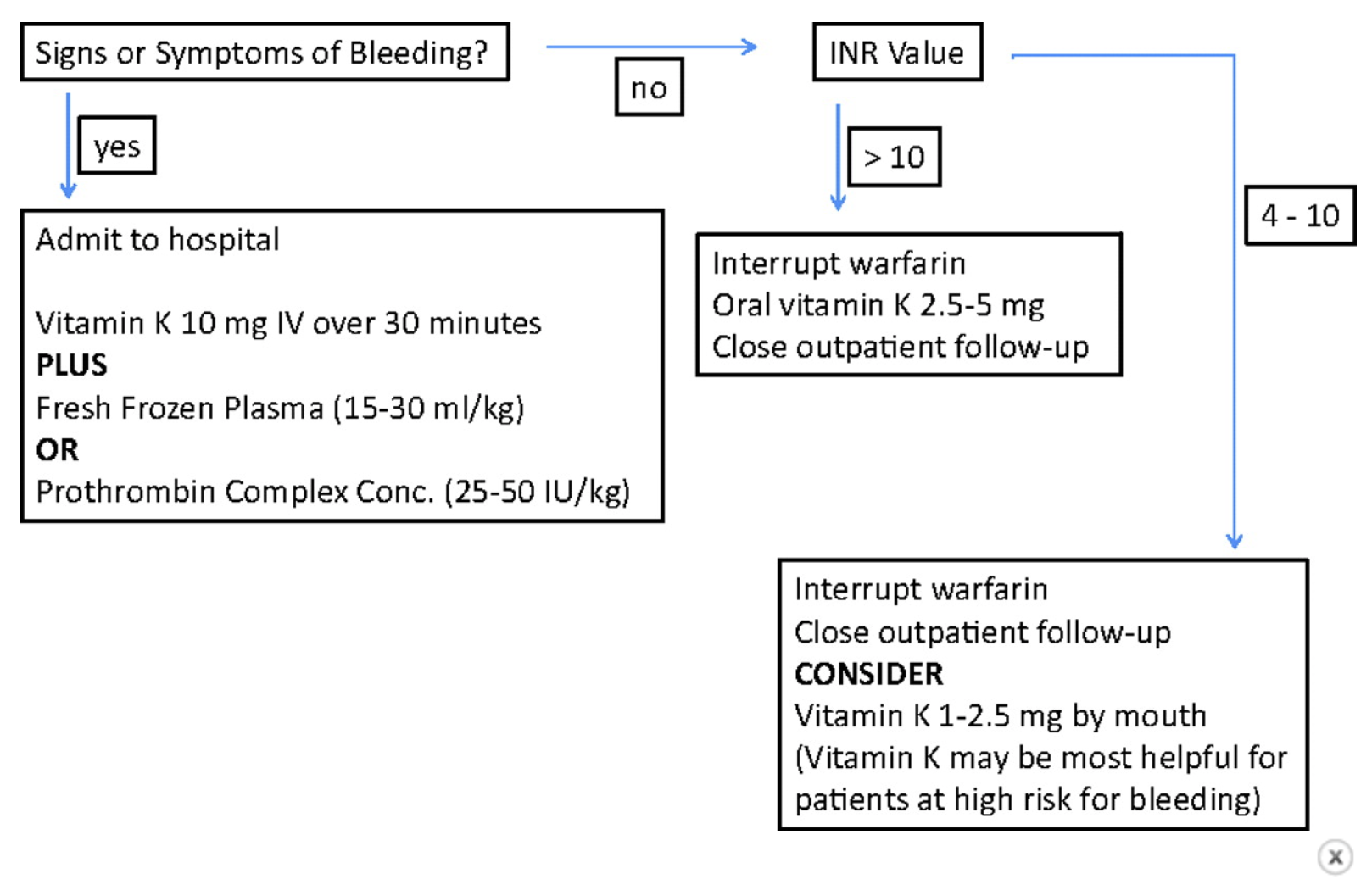Welcome to a special short and sweet Christmas Eve edition of POTD!Here's a poem to get us all in the spirit:
Twas the night before Christmas, the ED was quiet,
Not a creature was stirring, there wasn’t a riot.
The patients slept soundly, so snug in their cots,
With some having dreams of free vodka shots...
[Creative credit goes to http://brandtwriting.com/brandts-rants/twas/ where the rest of the poem can be found.]
Okay, down to business. Today we will be discussing some innovative tips/tricks for managing scalp lacerations. Sure, staples and LET are great. But what if you've run out of staple guns, or if it's a scared little kid whimpering in a corner? Is there a less traumatic option?
Hair Apposition Technique - who has heard of this, or better yet, used it on a patient? Apparently it's been around since 2002, but I only learned about this recently!

The Hair Apposition Technique, or HAT trick, creatively uses the patient's own hair essentially as sutures for approximating the scalp lac.
Let me explain the steps:
- Irrigate your wound as usual, inspect for foreign bodies
- Pull together 3-7 strands of hair on one side of the wound.
- Do the same on the other side of the wound.
- Twist these two hair bundles in 360-degree revolutions. Do not tie a knot
- Secure the intertwined hair bundles by applying a few drops of Dermabond.
- Repeat as needed to close the length of the laceration.
For us visual learners, here is an awesome 36 second long video: https://videos.files.wordpress.com/4H47OyPj/hair-apposition-web_hd.mp4
Patient with short hair? Don't worry, you can use the HAT trick, just need 2 pairs of clamps to gain the traction you need:

3 advantages over traditional staples/sutures:
1) Zero pain (especially useful in kids; just tell them you're braiding their hair!)
2) No need to anesthetize the wound (forget waiting for your nurses to first apply LET, then waiting more for it to kick in)
3) No need to return to ED for removal! The hair will unravel on its own after a week.
Bonus: a quick tip for keeping loose hairs out of your field of repair!
Next time you're trying to staple Goldberg's latest scalp lac and his hair keeps falling into the lac, try applying petroleum-based ointment (or ultrasound jelly in a pinch) around the area to grease the strands down, then smooth them over to the sides of your field, like so:

This is a super easy/fast way that not only improves your visualization of the lac, but also helps you avoid trapping hair strands within the lac, which could cause wound dehiscense, a foreign body reaction, or a local cellulitis.
Happy lac repairs!
References:
https://www.aliem.com/2014/03/trick-trade-parting-hair-scalp-laceration-repair/
https://lacerationrepair.com/techniques/alternative-wound-closure/hair-apposition-technique/





